SOUL MATTERS
★ ★ ★ ★

Hope Emerging
By Reverend Rachel Kessler
I have to confess that I am a bad priest. I serve in a Christian tradition which affirms holding off of Christmas celebrations until the evening of December 24. The four weeks leading up to Christmas comprise the season of Advent—a period of patient watching and waiting for the arrival of Christmas. I can usually manage faithful observance of Advent in the church, but home is a different story entirely. Usually I make it to about the third week of the season (mid-late December) before I give in and put up our family tree, hang up the stockings, and start baking endless cookies. But not this year. For the first time in a long time, my tree was up on Thanksgiving weekend. My toddler is sound asleep in her snowman PJs and I have been fueling my office hours with chocolate-peppermint cookies.
Delayed gratification is unwelcome at the best of times and I think most of us agree: 2016 hardly qualifies as “the best of times.” In the darkness that seems ever more oppressive with each passing day, I feel the need for some spark of brightness. Putting up my Christmas decorations and wrapping myself in the warm glow of manufactured Holiday cheer—artificial though it may be—has become a kind of denial and escapism into a promise of the world as it SHOULD be. Like so many people, I long for a world that embraces self-giving love, compassion, and generosity. I am increasingly fed up with the world as it is. I want that idealized world now. I am tired of waiting for it.
Perhaps what is truly “disturbing and unwelcome” is that the season of Advent forces us to confront the broken, imperfect reality of the world in which we find ourselves. More than any other season in the cycle of the liturgical year that defines my life in the church, Advent does not attempt to ignore the complicated reality of our human condition. We know that as a people we are often messed up, and we fumble along together in a world that all too often rewards greed and corruption, not kindness and generosity.
I suppose that could come across as really depressing. An inevitably a somber tone does sneak into Advent meditations (some might call it “penitential”). Advent does make us sit with our shared brokenness. At the same time, Advent challenges us to imagine something better.
Even as Advent gives voice to our frustration with (and anger at) the prevailing injustices of the world, the season also challenges us to see beyond the brokenness to the redemption that lies just outside our reach. More than penitence, or exasperation, or despair, Advent is a season of hope. In Advent, the world as it is confronts the world as it should be. For Christians, that glimmer of hope comes to us in the birth of the vulnerable child born in a manager (“advent,” after all, means “arrival”). However, the question of how we live in the world as it is, even as we long for the world as it should be is one we all face in these challenging times.
We know that our world is broken, seemingly beyond repair. Sometimes I wonder if it would be easier not to care about the fate of our country or geopolitical stability, not to mention the wellbeing of vulnerable communities. To have a vision for something more than this current political mess and to feel capable of doing little more than long for that reality is indeed a disturbing and unwelcome feeling. Sometimes I feel caught between two extremes. There is the despair that wants to brush off any holiday festivities as delusions. And then there is a blissful naiveté that will continue to sip hot chocolate and watch The Muppet Christmas Carol even as the world goes to hell around us.
In the midst of such confusion, Advent has taught me a third option. Advent teaches me to hope. Hope is neither an act of despair, nor a naïve denial of reality. Hope embraces the promise that is something more—something better—than the present brokenness in which we live. Hope, unlike despair or naiveté, compels us to do something about it. Hope reminds us that we are never stuck in one place.
Part of what I love at this time of year, whether waiting for the celebration of Christmas in my congregation or simple enjoying the ecumenical holiday season with friends from various backgrounds, is that we are all seeking the return of light to a world in wintery darkness. We all do well to remember that light is both literal and figurative. Our days will gradually—almost imperceptibly—grow longer as we enter a new year. And those signs of seemingly imperceptible hope will emerge if we trust ourselves to find them.
Hope appears in the people I know who refuse to be satisfied with the world as it is and are determined to do the hard, disciplined work of making a difference. Hope emerges in the daily Facebook updates I receive from local friends directing me about which political calls I should make that day. Hope emerges from the new networks being formed in my community to ensure should are safe for students from marginalized backgrounds. Hope emerges for me in the young adults I work with who could so easily fall victim to cynicism and anger. Instead, they grow increasingly committed to building a world based on justice, compassion, and basic kindness. Hope is not abstract. It is very real.
Maybe I am not actually such a bad priest for jumping the queue in my Christmas celebration. Maybe the most subversive thing any of us can do at the moment is force ourselves to live in hope, making the reality we inhabit look as much like the world as it should be.
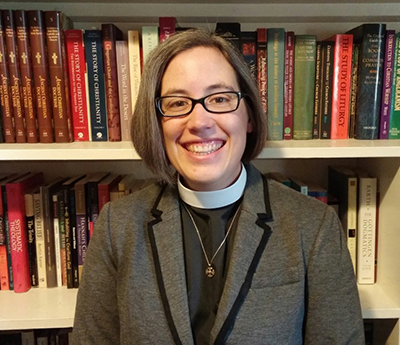
Reverend Rachel Kessler is a college chaplain and Episcopal priest. She enjoys commenting on the intersection of faith and popular culture.

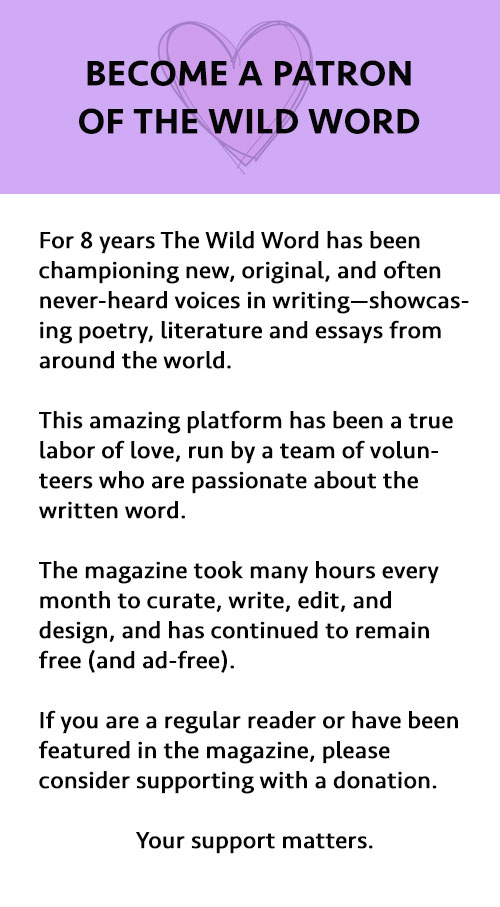



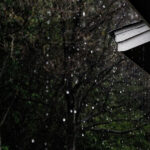



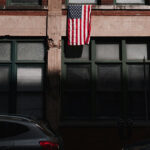
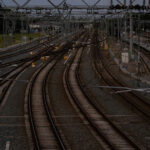







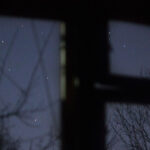
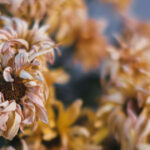
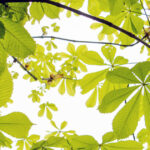



Thank you, Mother Rachel. I trust that the President’elect will watchThe Muppet Christmas Carol (now high on my list of movies to get around to watching) and See The Light. I love the sense that the physical world and the divine world reflect each other — that the longer days give rise to hope for, and work toward, a better world. Thanks to Leeman for posting this.